PZL P.11c Polish Fighter
"Rare Birds"
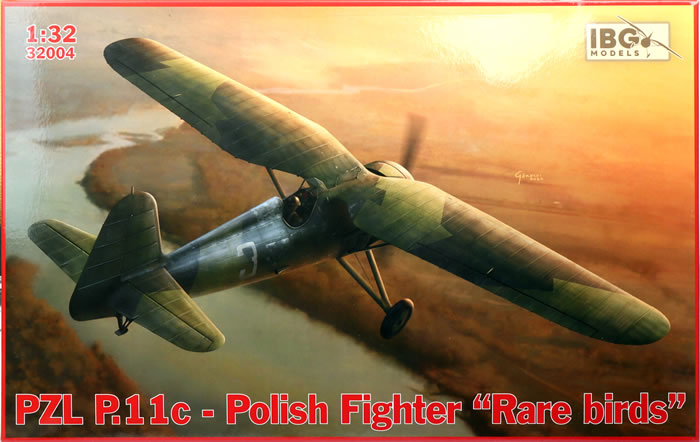
IBG, 1/32 scale
S
u m m a r y : |
Description and Item No.: |
IBG Kit No. 32004 - PZL P.11c Polish Fighter "Rare Birds" |
Contents and Media: |
130 parts in grey plastic, one part in clear plastic; one photo-etched fret; markings for three aircraft. |
Price: |
€53,00 plus shipping available online from IBG's web store
£52.20 EU Price (£43.50 Export Price) plus shipping at Hannants
and hobby retailers worldwide |
Scale: |
1/48 |
Review Type: |
First Look |
Advantages: |
High quality moulding; gorgeous surface textures and detail; effective use of multimedia; high quality decals. |
Disadvantages: |
None noted. |
Recommendation: |
IBG has taken advantage of the large canvas offered them in 1/32 scale to deliver beautiful and varied surface textures and a very high level of detail. Impressive! |
Reviewed by Brett Green

The PZL P.11 was a Polish fighter aircraft, designed and constructed during the early 1930s by Warsaw-based aircraft manufacturer PZL. Possessing an all-metal structure, metal-covering, and high-mounted gull wing, the type held the distinction of being widely considered to have briefly been the most advanced fighter aircraft of its kind in the world.
The design of the P.11 commenced during the late 1920s, initially designated as the P.1. The primary individual responsible for its development was Polish aeronautical engineer Zygmunt Pulawski, who has been attributed as having designed many of its innovative features. While the majority of the world's forces were still using biplanes, the P.1 used a high-mounted and aerodynamically clean gull wing, which provided the pilot with a superior field of view.
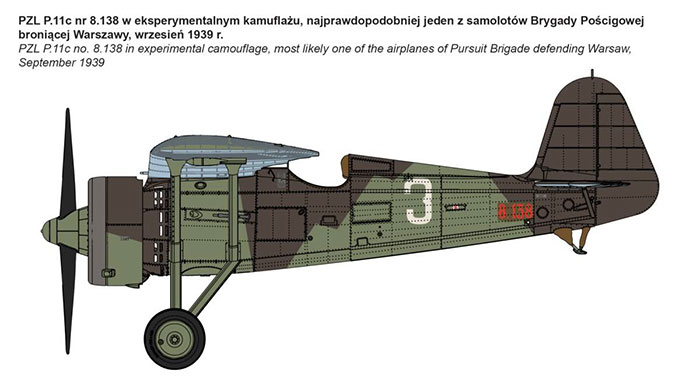
During September 1929, the first prototype conducted its maiden flight. The design quickly drew international attention; the general layout became commonly known as the "Polish wing" or "Pulawski wing". The P.11 served as Poland's primary fighter defence throughout the 1930s, including during the Polish campaign of 1939 by neighbouring Nazi Germany. However, as a consequence of the rapid advances in aircraft design during the late 1930s (seen in such fighters as the Messerschmitt Bf 109), it was outclassed by its rivals at the onset of the war.
The majority of the Polish Air Force's P.11s were destroyed during 1939; however, it is believed that as many as 36 were flown to Romania and were subsequently taken over by the Romanian Air Force. The P.11 was a considerable export success. During October 1933, deliveries of Polish-built P.11bs to Romania commenced.
From 1936, Romanian aircraft manufacturer Industria Aeronautica Romana (IAR) constructed a further 95 aircraft under the designation of IAR P.11f, powered by the Romanian-built IAR 9Krse engine.
A dedicated export model of the P.11, which was designated as the PZL P.24, was developed during the late 1930s. Reportedly, Greece, Portugal, Yugoslavia, Turkey and Republican Spain were at one point interested in procuring the P.11; these eventually resulted in several nations, including Bulgaria, Greece and Turkey purchased the P.24 instead.*
IBG is best known for their very nice 1/72 and 1/35 scale military kits.
They recently branched out into 1/32 scale model aircraft kits. This is their fourth and most recent boxing of the PZL P.11c in 1/32 scale.
IBG's 1/32 scale PZL P.11c comprises 130 parts in grey plastic, one part in clear plastic, one busy photo-etched fret and decals for three varied marking options.
Moulding quality is excellent, with no flash, flaws or visible moulding imperfections on my sample.

The parts are moulded with a satin finish.
Surface textures are just gorgeous. Panel lines, raised strips and other structural details are subtle, crisp and consistent.
The raised corrugated texture on the wings is incredibly fine and is supplemented by raised rivets, as is the fuselage.
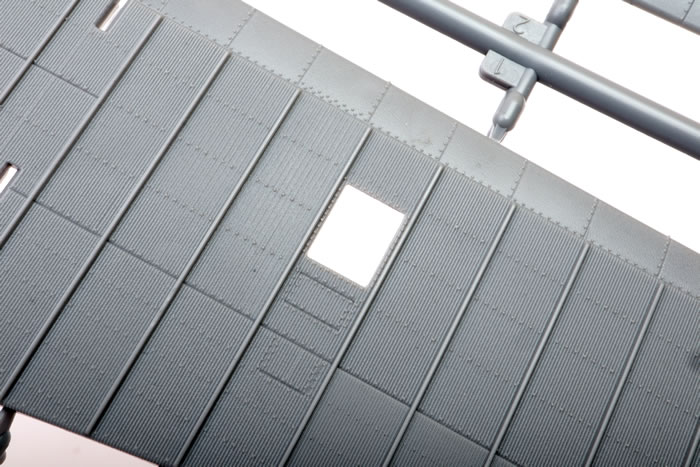
The fuselage has structural detail moulded on the interior sidewalls.
Cockpit detail is very good, with the plastic seat, "bottomless" floor and side frames as separate parts.

The headrest texture looks great too.
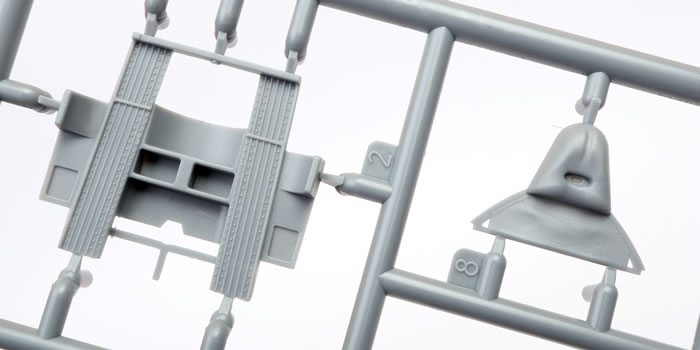
Detail here is further enhanced with photo-etched parts, including harness straps.
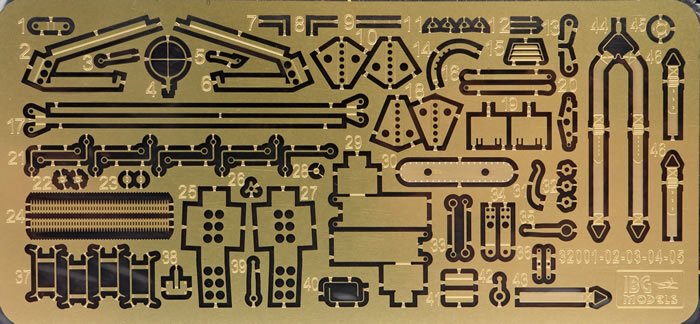
The instrument panel is a plastic part with two layered decals supplied for the dials.
Parts breakdown is conventional. The fuselage is broken down into left and right halves with the fin supplied as a separate part, while the gull wing comprises separate upper and lower, port and starboard parts. All control surface are moulded separately and may be posed to taste.
Locating pins are not provided so take a little extra time and care in making sure the major parts are properly aligned.
The engine is made up from around 20 parts including the spinner, and detail looks good. The engine cowling s supplied as top and bottom halves with a separate forward cowl that has collector ring detail moulded in place. Very nice.
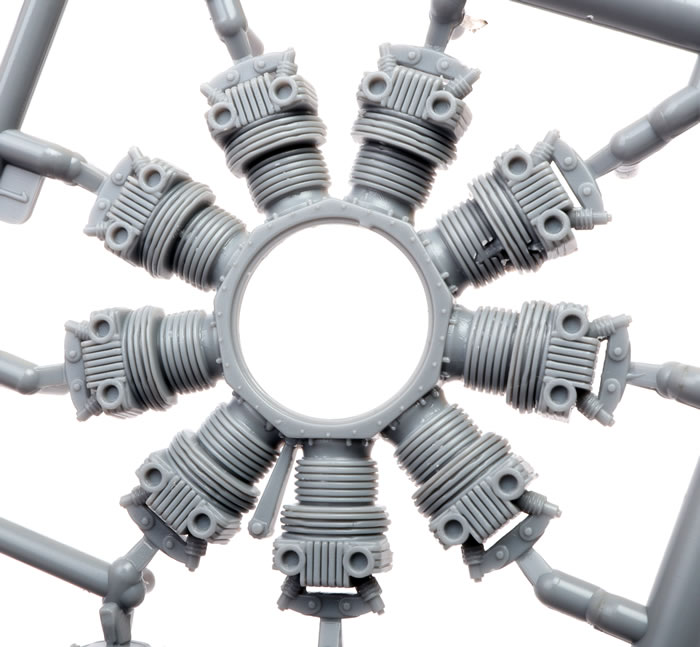
The windscreen is thin and clear.
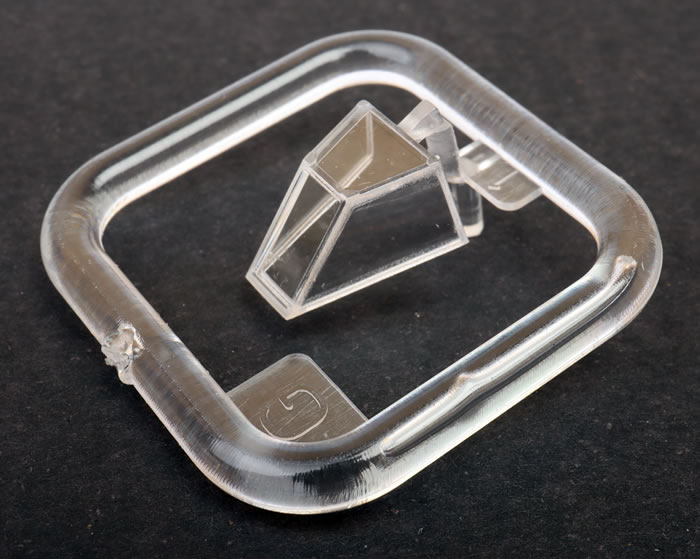
Marking Options
As the kit title implies, the kit features three interesting and unusual schemes.

One of the options has ski landing gear, which are included as plastic parts in the kit.
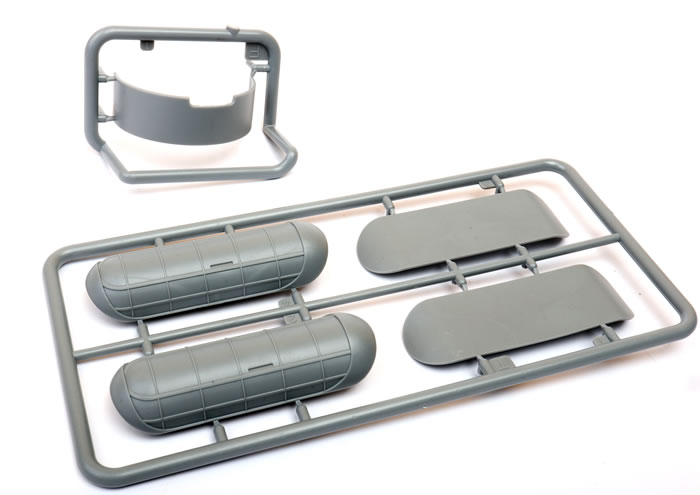
Markings are supplied on a decal sheet printed by Techmod. It is glossy in finish and registration is perfect on my sample.
IBG has taken advantage of the large canvas offered them in 1/32 scale to deliver beautiful and varied surface textures and a very high level of detail.
Impressive!
* Historical summary courtesy of Wikipedia
Thanks to Arma Hobby for the sample
Review Text and Images Copyright © 2020 by Brett Green
Page Created 24 February, 2021
Last updated
5 May, 2021
Back to HyperScale Main Page
Back to Reviews Page |
Home
| What's New |
Features |
Gallery |
Reviews |
Reference |
Forum |
Search